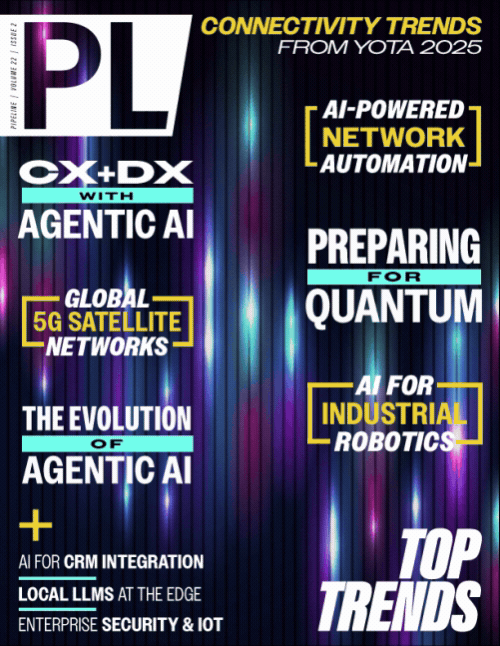Lumen Unveils Vision for the Internet BackboneLumen Unveils Bold Vision for the Internet Backbone to Support the AI EraChief Technology & Product Officer calls for Cloud 2.0, an urgent reinvention of today’s Cloud network core architecture to meet AI’s explosive growthLumen announced a bold vision for reinventing the internet backbone to meet the unprecedented demands of AI. The vision, detailed by Lumen Chief Technology & Product Officer Dave Ward in a newly published white paper, predicts that today’s internet and cloud architectures – designed for Cloud 1.0’s static, centralized computing – cannot withstand the 100x increase in east-west traffic, the rise of real-time inference, and the need for sub-5 ms latency that AI workloads demand. According to Ward’s report, entitled Cloud 2.0: Because AI Won’t Run on Yesterday’s Internet, a full-scale reset is required to fundamentally support the demands of AI at scale. The report explains the urgent need for Cloud 2.0 architecture to meet the exponential demands of AI compute at the company's recent Analyst Forum.
“The public internet is not infinite, and it’s not programmable to meet the service demands of AI,” said Dave Ward. “Cloud 2.0 requires a complete reboot with programmable networks, massive bandwidth increases, and new distributed interconnect and on-ramp architectures. We’re not talking about an incremental upgrade. We’re talking about rebuilding the core of the internet for the AI era.” For more than a decade, “Cloud 1.0” was layered onto networks never designed for the scale and intensity of multi-cloud AI workloads. But U.S. data center capacity is set to grow tenfold to nearly a billion square feet by 2030.1 AI is driving exabyte-scale data transfers that demand 400G+ speeds just to keep pace, and industrial-scale AI training requires ultra-low latency. Ward argues that patchwork solutions are no longer enough. The industry must embrace Cloud 2.0, a fusion of cloud and enterprise network architectures purpose-built for the AI era. Several defining features of Cloud 2.0 clarify how networks must evolve and perform to meet the exponential demands of AI:
Ward stresses that the shift will be swift and unforgiving, with most of the architectural transformation unfolding by 2028, creating both massive opportunities and existential risks for providers and enterprises alike. If the U.S. fails to prepare, argues Ward, the network bottlenecks will hit fast. The potential results: constrained innovation, delayed AI deployment, rising costs for business, and new vulnerabilities that underpin national security and global economic competitiveness. “The winners of the AI era will be those who act now,” Ward added. “Enterprises and providers that invest in Cloud 2.0, with programmable networks, fabric-based connectivity, and DCI-centric design, will thrive. Those that delay risk being left behind in an economy where connectivity is the ultimate competitive advantage.” The Cloud 2.0 features outlined in the white paper inform Lumen’s strategy and investments in its physical network, digital platforms, and connected ecosystem – establishing a forward-looking roadmap for the future of networking. Source: Lumen media announcement | |

















